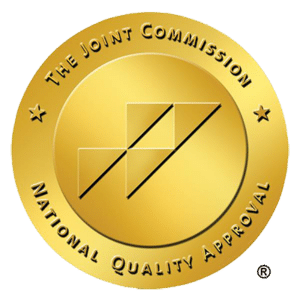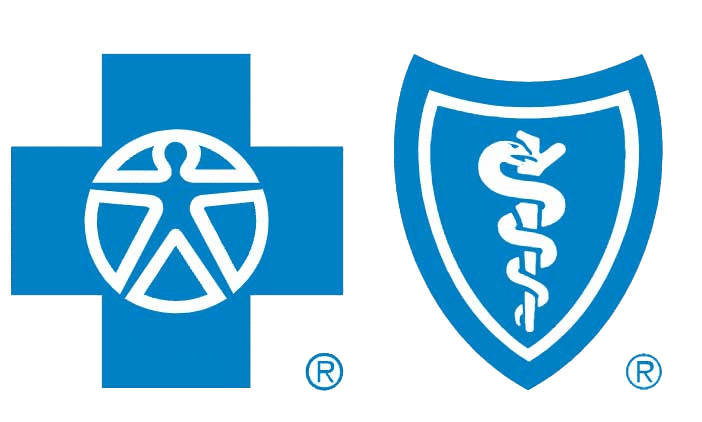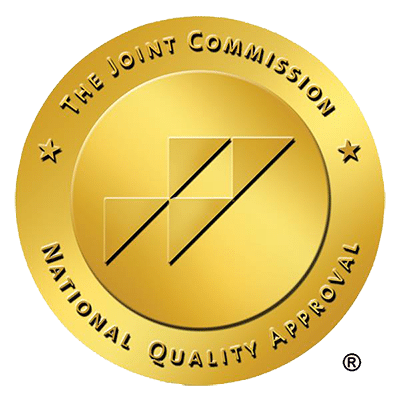Life in addiction treatment comes with a great deal of stress and uncertainty. The unfamiliar environment coupled with having to adapt to a substance-free life is more than enough pressure for anyone. This can pave the way for anxiety-ridden questions, such as, “What does the treatment process entail?” or “How much does it cost?”
One of the most common concerns that patients have is how long treatment lasts. Because every rehab program is different, there is no single answer to this question. The length of treatment also depends on a variety of factors, such as the severity of your addiction and how long you’ve been using substances. However, there are a few general guidelines to keep in mind when determining how long rehab lasts. Here’s what you need to know.
The Typical Length of a Treatment Program
Before you choose the right treatment program for your needs, it’s important to be familiar with the average length of a rehab program. Most programs last either 30 days, 60 days or 90 days. This length varies based on the specific type of addiction treatment offered at the facility. If you want to get the most out of your treatment program, be sure to verify that the services that are available align with your goals.
There are some exceptions to this standard. Sober living facilities, for example, tend to house patients for a longer time than a typical addiction treatment program. The average stay at a sober living home can range anywhere from 100 to 250 days. As the final stage of treatment, sober living aims to ease the transition from life in a rehab facility to life in the real world.
If you’re still unsure how long you should stay in treatment for optimal results, below is an overview of each length to help you make the best decision.
30-Day Treatment
30 days is the minimum recommended period of time for a standard addiction treatment program. It’s ideal for individuals who aren’t yet sure how much time they should spend in treatment. After completing a 30-day program, you will likely have a better idea of whether it’s necessary to proceed into a longer program.
30-day treatment also grants users enough time to get through any physical withdrawal symptoms they might have. At the conclusion of this period, most patients will have developed relapse prevention skills to guide them through the recovery process. Even if a patient ultimately decides to extend treatment, starting out with a 30-day program provides a low-pressure, low-commitment atmosphere to help them get a feel for what works.
60-Day Treatment
The second option is to enroll in a 60-day treatment program. Because this program is lengthier than its 30-day counterpart, it typically covers more ground. Patients who stay for 60 days have the chance to delve further into the root of their addiction through individual and group counseling sessions. Understanding the nature of their substance abuse empowers patients to overcome the circumstances that contributed to their addiction.
In most cases, 60 days allows ample time to fully withdraw from drugs or alcohol. The period of time following detox is when patients are at their most vulnerable, which is why it’s crucial to have the support of addiction specialists every step of the way. Opting for a 60-day stay over a 30-day stay reduces the risk of relapse by ensuring that you have the care you need after detox.
90-Day Treatment
The thought of staying in rehab treatment for a full three months can be overwhelming for first-time patients. However, if you’re determined to reap all the benefits of addiction treatment, a 90-day program is often the best choice. This is because the total amount of time spent in treatment is directly correlated with success rate.
90-day plans provide the full treatment experience to patients. Some of the programs you’ll take part in are evaluation, detox, group counseling, one-on-one therapy sessions and self-help groups. Patients who complete a 90-day program are usually the most prepared to resume normal life after rehab.
Making the Right Choice
Each type of treatment program has its own share of benefits and drawbacks. It’s worth keeping all of them in mind as you make your decision. In addition to considering the features of each program, it’s important to take the severity of your addiction into account. For example, if your substance use is particularly severe or has been going on for a long time, a 90-day program is likely the right match for you.
However, you don’t necessarily need to have a long-term addiction to benefit from 90-day treatment. Regardless of the nature of your addiction, three months of treatment can help provide you with all the tools and strategies you need to stick to your recovery plan. The longer your rehab stay is, the higher your chances are of staying sober in the long run.
To learn more about each treatment option, contact the skilled and dedicated experts at Topsail Addiction Treatment today.
Related Posts

Critical Signs of Meth Addiction: Symptoms & Support Options
Wondering what are the warning signs of meth addiction? Early detection can be lifesaving. From drastic behavioral swings to ‘meth mouth,’ these symptoms are alarming

Essential Guide on How to Help Someone with Meth Addiction
If you’re seeking to understand how to help someone with meth addiction, this article is your immediate support guide. Encountering meth addiction within someone you

Recognizing the Warning Signs of Marijuana Addiction
Knowing the signs of marijuana addiction is vital for recognizing a serious problem that often goes unnoticed. In this article, we address the real indicators

Decoding Opioid Addiction Statistics: A Harsh Reality Check
What do the numbers say about the opioid crisis? Diving into opioid addiction statistics offers a sobering reality check: a surge in usage and deaths

Effective Strategies on How to Prevent Opioid Addiction
The key to preventing opioid addiction starts with being informed. If you’re seeking concrete steps on how to prevent opioid addiction, this article is for

How to Help Someone with Cocaine Addiction Effectively
Wondering how to help someone with cocaine addiction? It can feel overwhelming, but your role is crucial. In this guide, you’ll find understandable and practical















